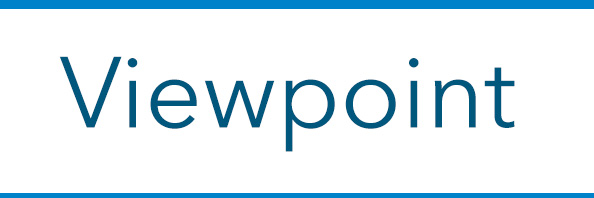When I began my career in 1978 as an adjunct faculty member and counselor at Cedar Valley College in southern Dallas County, Texas, higher education was profoundly different than it is today, but it was beginning a period of immense change and transformation. Fall enrollment at colleges and universities nationwide was about 11.3 million students, compared to nearly 20 million in 2019 and 17 million in 2021. Average tuition and fees were about a third of current prices.

In those days, the creation and expansion of the federal Pell Grant and other college access programs had only recently opened the gates of higher education to millions of students who previously believed they had scant hope of, and perhaps little to gain from, attending college. These programs, combined with the influence of the civil and equal rights movement of the 1960s and 1970s, paved the way for a more inclusive higher education system today.
In the interceding years, I’ve worked at institutions across the country, from Virginia to Colorado to Louisiana, and focused on removing barriers to economic mobility and creating pathways to transition between learning and work. That work brought me full circle when I became chancellor of Dallas College, which counts Cedar Valley as one of its campuses, in 2014.
Now, having recently retired following a 44-year career, I recognize that there is still unfinished business despite profound progress in our sector. History is like gravity: It’s hard to pull away from it, especially in higher education. Despite the prevalence of working adults and many other learners in college today, far too many of our policies and systems are still optimized for first-time, full-time dependent students.
But we cannot blame policymakers for all of higher ed’s faults. Strong leadership is needed to serve the most diverse generation of students in our history. That requires leaders to re-examine their policies and behavior and see where outdated practices are holding learners back. Organizations such as the Presidents Forum, which brings higher education leaders together to exchange ideas and promote innovation, can help, too. Individually and collectively, the future of higher education depends on our willingness and ability to support today’s students and truly make higher education learners first.
Here are four leadership strategies that I have seen move the needle for today’s learners:
Consider the community before the college.
Many higher education leaders don’t fully recognize their responsibility to their communities, but they should consider themselves community leaders first and foremost. Like learners and employers, communities have needs, and institutions are uniquely positioned to help. Serving communities and employers as well as students might feel like mission creep for old-school administrators, but it’s necessary to produce a thriving institution that serves learners well.
Eliminate significant barriers that require minor fixes.
A growing body of research suggests that small financial challenges — textbooks, flat tires, rent payments — can have an outsized impact on students’ prospects of completing a degree. For better or worse, the Covid-19 pandemic created an opportunity for institutions to experiment with cash assistance through the $60 billion allocated for emergency aid in the Higher Education Emergency Relief Fund (HEERF). At Dallas College, we used HEERF dollars to meet a broader range of needs for learners. With the support of our technology partner Edquity, we gave learners grants to help them afford transportation, housing and basic living expenses and stay on track to graduate. We also distributed food and Covid tests to students and the broader community. We wanted our community to see us as a resource and our learners to know that we will do everything we can to help them reach their goals.
Cultivate employer partnerships.
Along with the demographic changes in higher education, the labor market also has completely shifted. Institutions of higher education have to change with it if we want to stay relevant to employers and learners. When I started my career, only about 25% of jobs required any education beyond high school, so colleges and universities could weed out all but their definition of the best students. Now, nearly 70% of jobs require at least some college or postsecondary education, so we need to pivot to attracting people into higher education and opening up access to well-paying jobs.
In this climate, institutions will separate themselves from the pack by offering innovative options for earning credentials of value and partnering with employers to ensure the relevance of their programs and create career pipelines. At Dallas College, we have partnered with AT&T and Lockheed Martin to develop training programs in information technology, cybersecurity, and other fields that need talent. We plan to train 4,000 workers over the next four years through a mix of classroom and on-the-job learning that prepares them to hit the ground running in their careers.
Give learners agency over their skills.
Too often, students cannot access or easily share their transcripts with other institutions or employers and can’t take advantage of the learning and skills they already possess. We find that inexcusable. At Dallas College, we’ve been proud to explore new technologies such as blockchain that give learners control over their existing skills and competencies. We’ve created a secure network of local K-12 school districts, colleges, and universities that use a private blockchain to share electronic transcripts and provide learners with a secure and confidential digital portfolio of their skills. This helps them avoid paying for transcripts and more easily share their transcripts with other colleges and employers.
Despite the flawed realities that exist today, I am optimistic that higher education can fully realize its promise of advancing social and economic mobility for all learners. It won’t be easy to shed the weight of history. Still, if leaders fully embrace the idea of putting students first, they will see how it can pay dividends for learners, institutions, and communities alike.





